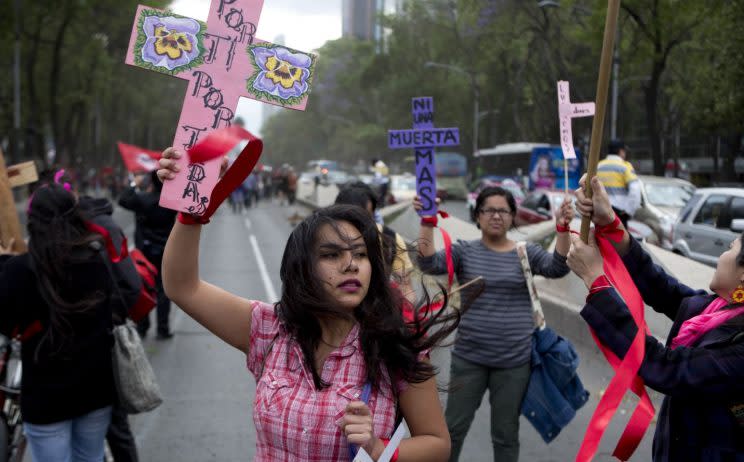What is International Women’s Day?

Where did it all begin?
In 1908, 15,000 fed up women marched through New York City demanding shorter hours, increased pay and the right to vote. National Woman’s Day followed across the U.S. on February 28 1909, organised by the Socialist Party of America.
What happened next?
Clara Zetkin, a member of Germany’s Social Democratic Party, proposed the idea of an international women’s day in Copenhagen in 1910, during a meeting of more than 100 politically-minded women from 17 countries. The first official International Women’s Day (IWD) was marked in Germany, Austria, Denmark and Switzerland on March 18 1911, with more than a million women and men taking part in rallies campaigning for women’s rights. In the years that followed, the movement spread across the globe.
How did it evolve?
The UN celebrated IWD for the first time in 1975. From 1996 onwards, each year has had a specific theme, starting with ‘Celebrating the past, Planning for the Future’. In 2001, internationalwomensday.com was launched in a bid to reignite the cause for the new millennium, celebrating what women had already achieved while drawing attention to the work that still needed to be done – notably, achieving gender parity.
MORE: Russia admits that Kremlin ‘information troops’ conducted cyber attacks
MORE: Have we found a cure for HIV? Five patients are ‘virus free’ months after new vaccine
Which countries take part?
Loads. In fact, IWD is also an official holiday in many countries, including Afghanistan, Azerbaijan, Burkina Faso, Cambodia, China (for women only), Cuba, Eritrea, Kazakhstan, Montenegro, Russia, Uganda, Ukraine, Uzbekistan, Vietnam and Zambia.
Why do we continue to celebrate IWD?
While women’s rights have come a long way since 1908, true equality remains elusive. Women are paid less than their male counterparts, who continue to dominate in business and politics. Globally, women don’t have the same opportunities as men in terms of health and education and they suffer greater levels of violence. IWD is also about celebrating women’s achievements to date, including the increase in options that are now on offer, at work and at home.
What does it actually involve?
A vast range of activities, from political rallies and business conferences to theatrical performances and fashion parades, connecting women across the globe.

Which celebs who are on board?
Annie Lennox is a campiagn stalwart who regularly marches for the cause. Paloma Faith, Gemma Arterton, Naomi Campbell and Bianca Jagger have also been involved, while Dr Helen Pankhurst, great-granddaughter of Suffragette leader Emmeline Pankhurst, is a regular at U.K. events.
Legendary feminist Germaine Greer is a supporter, but not everyone approves of her involvement. A campaign has been launched in Brighton to oust her from an IWD event because of her view on trans people.
What’s the theme for 2017?
#BeBoldForChange. It’s hoped that this theme will help forge a working world that’s more gender inclusive.
When is it?
IWD is celebrated on March 8 each year. To find out about events happening near you this year, visit the IWD website.



